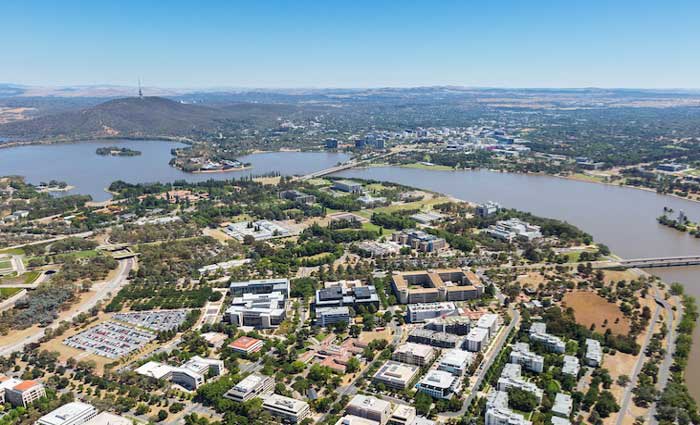Canberra market cantering along nicely
I’ve often referred to Canberra as the Goldilocks of the Australian real estate market: not too cold, not too hot, just right.
The national capital seldom booms, nor does it ever seem to crash. It’s so even and steady in its performance, it’s downright boring.
It’s underpinned by a steady economy, high average incomes, low unemployment and the Territory Government’s close control of residential land supply, designed to keep land prices (and government revenue) high.
So it’s no great surprise that the Canberra market is cantering along quite nicely. It hasn’t replicated the boom in Sydney, three hours up the road, but sales activity picked up as 2016 progressed and the number of ascendant markets rose significantly.
Most of the pick-up has been in the housing sector, with apartment sales generally declining compared to 2015. The strong house sales activity has resulted in solid price growth, with some sources recording 10% annual price growth, while others suggest 5-6%.
Overall, compared to 2015, sales activity was a little down in 2016, but only marginally so. Sales in 2016 were higher than in 2012, 2013 and 2014, notably for houses. The December Quarter is always the highest for Canberra sales, and this was true also in 2016.
In terms of total residential sales, volumes have been gradually rising since 2012, when most quarters were a little below 2,000 sales. In 2016, all four quarters delivered well over 2,000 home sales, including 2,400 sales in the December Quarter.
The apartment market peaked with around 1,000 sales per quarter in 2014-15 and volumes have been gradually decreasing since then, with about 850 sales in each of the September and December Quarters of 2016. Previous oversupply in this market has now been largely absorbed (Canberra now has the lowest vacancy rate among the capital cities, except for Hobart) and we can expect unit sales to rise again in 2017.
Meanwhile, the house sales market has gathered strength and the December 2016 Quarter was the biggest for house sales in the past five years, except for December 2015. The number of suburbs with growing sales activity has increased significantly and is the highest since we began our quarterly surveys three years ago.
Overall, the standout characteristic of Canberra is the steadiness of its performance.
Another predictable factor in the ACT market is the predominance of the northern part of the city in terms of markets with upward momentum.
While there are now growth suburbs across the Canberra metropolitan area, the strongest precincts once again are the Belconnen and Gungahlin districts.
Canberra has 19 suburbs classified as Rising Steadily markets and 11 of those are in the Belconnen (six) and Gungahlin (five) districts in the north of the metropolitan area.
These districts also have a large number of suburbs characterised by their consistent sales levels.
Suburbs with rising markets in the Belconnen District include Flynn, Bruce, Macgregor, Kaleen, Holt and Evatt, along with Amaroo, Bonner, Gungahlin, Ngunnawal and Palmerston in the Gungahlin District.
In Holt, house sales have risen from 20 to 30 to 33 to 40 in consecutive quarters, while Macgregor is up from 33 to 37 to 46 to 51. Both are suburbs with median house prices around $450,000 and attract buyers for their relative affordability (Canberra’s median house price is around $650,000).
There are growth markets elsewhere as well, including in the Tuggeranong and Woden Valley districts, as well as in some of the inner-city areas.
But the most typical Canberra suburbs are the ones with steady sales levels. In Dunlop in the Belconnen District, sales in consecutive quarters have been 35, 39, 37, 36, 34, 38, 40, 41, 40, 38 and 36 over the past three years. That kind of steadiness is what Canberra real estate is really about.
Terry Ryder is the founder of hotspotting.com.au. You can email him or follow him on Twitter.
